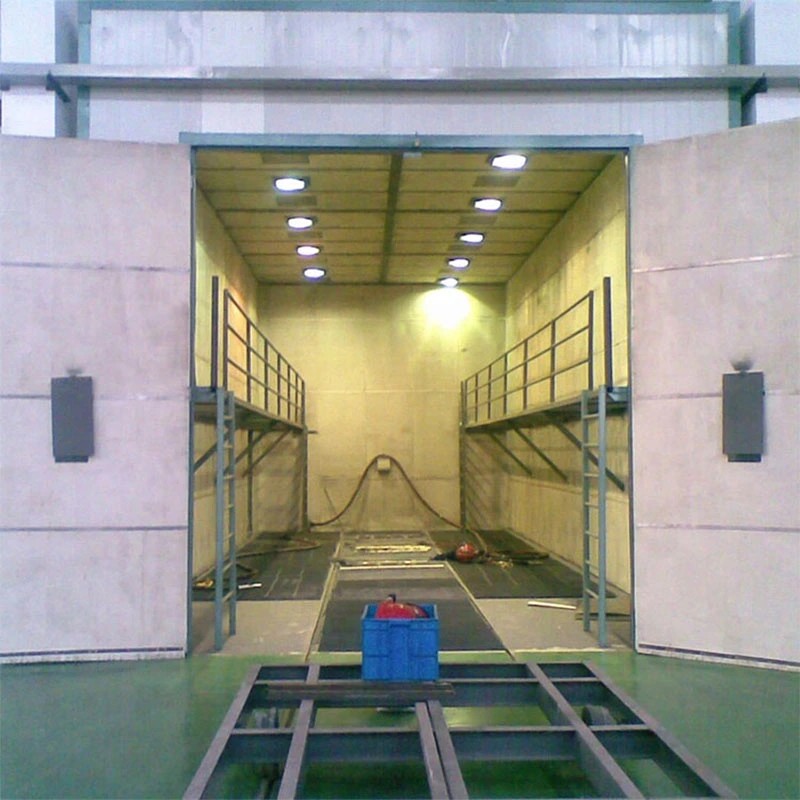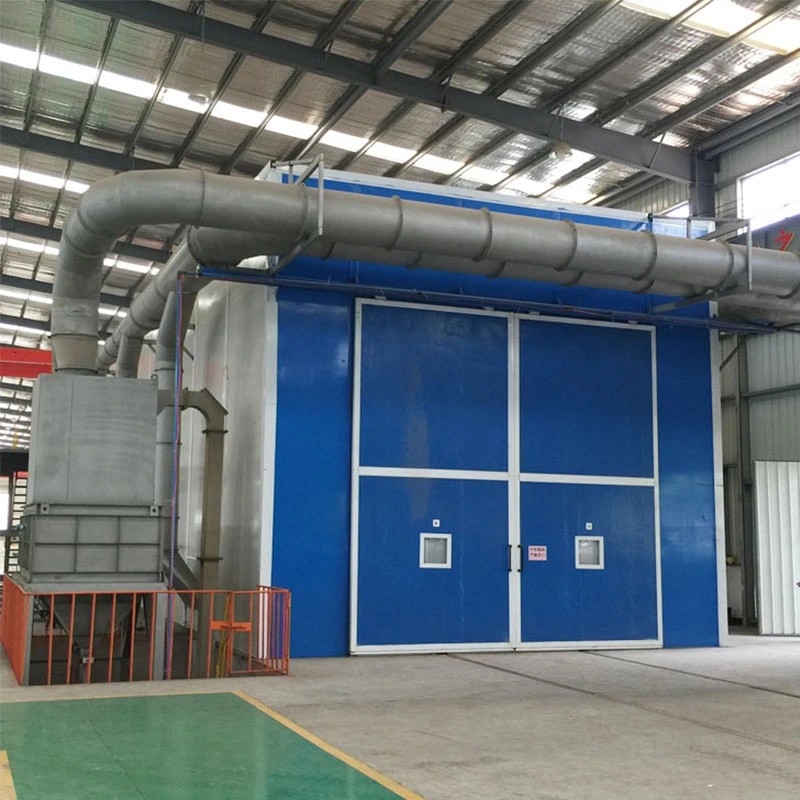Minimal Damage to Metal Parts: Sand blasting equipment does not significantly damage metal parts, and the dimensional accuracy of the parts remains unchanged.
No Surface Contamination: The surface of the parts is not contaminated, as the abrasive does not chemically react with the material of the parts.
Ease of Handling Complex Areas: Sand blasting equipment can easily handle grooves and other hard-to-reach areas. Various grit sizes of abrasives can be selected for use.
Reduced Processing Costs: The main cost savings come from the increased efficiency of sand blasting equipment, which can meet various surface finishing requirements.
Low Energy Consumption: The equipment is energy-efficient and cost-effective.
Environmental Protection: Sand blasting equipment does not pollute the environment, eliminating the need for environmental remediation costs.

Generally, the effectiveness of sand blasting depends on the material of the parts and the abrasive material used. Depending on the material of the parts, the range of abrasives can vary from strong metal abrasives to less aggressive resin abrasives. Additionally, the choice between dry blasting and wet blasting is also a factor to consider.
Production Efficiency: The type of equipment is determined by production efficiency. Options include automatic sand blasting production lines, semi-automatic sand blasting equipment, pressure sand blasting machines, and vacuum systems.
Workpiece Size: The size of the equipment is determined by the size of the workpieces. Choose a cabin size that provides sufficient space for processing operations.
Compressed Air Requirements: Based on the specifications of the sand blasting equipment, determine the capacity of the air compressor, keeping a 20% margin to protect the lifespan of the air compressor.

Surface Cleaning: Sand blasting equipment can clean residuals such as oxide scales and oil stains from the surface of workpieces, revealing a uniform and consistent metallic luster, thereby enhancing the quality and grade of the workpieces and improving the quality of subsequent coatings.
Surface Roughening: Sand blasting equipment can create uniform and fine rough surfaces on workpieces, increasing the specific surface area, improving lubrication conditions, and reducing frictional wear.
Surface Strengthening: By using high-speed abrasive jets, sand blasting equipment can impact and strengthen the surface of workpieces, enhancing their fatigue strength and corrosion resistance.
Surface Beautification: Sand blasting equipment can achieve different reflective or matte effects. For certain special-purpose workpieces, such as stainless steel parts, plastic polishing, jade polishing, matte finishing of wooden furniture surfaces, patterned designs on frosted glass surfaces, and fabric surface texturing, sand blasting equipment can achieve various surface treatment effects to meet different usage requirements.
In summary, sand blasting equipment offers numerous advantages, including minimal damage to parts, no surface contamination, ease of handling complex areas, reduced processing costs, low energy consumption, and environmental protection. When selecting sand blasting equipment, consider factors such as production efficiency, workpiece size, and compressed air requirements. Sand blasting equipment is widely used in surface cleaning, roughening, strengthening, and beautification across various industries, providing high-quality surface treatment solutions.